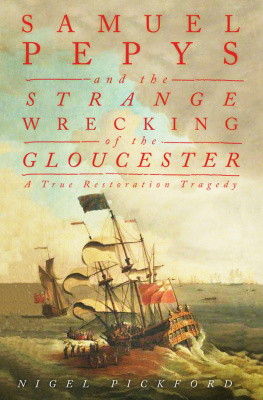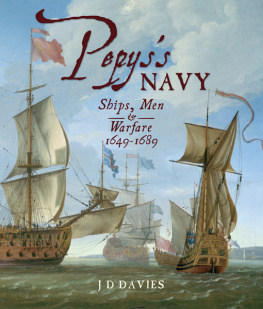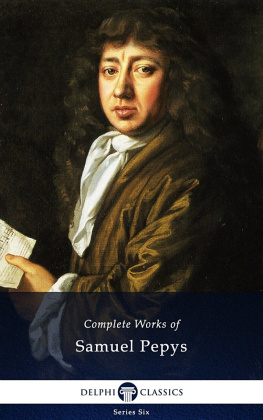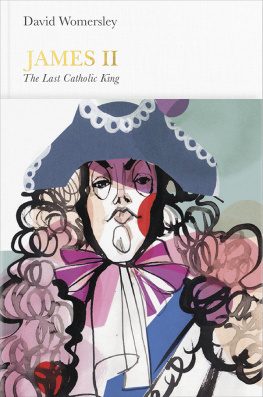Contents
Guide

BY THE SAME AUTHOR
_____
The Atlas of Shipwreck & Treasure
The Legacy of the Tek Sing
Lost Treasure Ships of the Twentieth Century
Lost Treasure Ships of the Northern Seas
Lady Bette and the Murder of Mr Thynn
For Rosamund
First published 2021
The History Press
97 St Georges Place, Cheltenham,
Gloucestershire, GL50 3QB
www.thehistorypress.co.uk
Nigel Pickford, 2021
The right of Nigel Pickford to be identified as the Author of this work has been asserted in accordance with the Copyright, Designs and Patents Act 1988.
All rights reserved. No part of this book may be reprinted or reproduced or utilised in any form or by any electronic, mechanical or other means, now known or hereafter invented, including photocopying and recording, or in any information storage or retrieval system, without the permission in writing from the Publishers.
British Library Cataloguing in Publication Data.
A catalogue record for this book is available from the British Library.
ISBN 9780750998413
Typesetting and origination by The History Press
Printed and bound in Great Britain by TJ Books Limited, Padstow, Cornwall.
eBook converted by Geethik Technologies

CONTENTS
LIST OF ILLUSTRATIONS
ACKNOWLEDGEMENTS
It is always an immense pleasure and privilege to study original manuscript material whether in the form of letters, diaries, log books, ledgers, petitions, wills, charts, maps, or just shopping lists and bills. They all possess an immediacy and power, however ephemeral their origin, that transports the reader straight back into the past. For this reason, I feel a great debt of gratitude to all those archivists, conservationists and support staff in Manuscripts at the British Library, the National Archives at Kew, the Scottish National Archives in Edinburgh, the Lincolnshire Archives, the National Maritime Museum in Greenwich, the Guildhall Library in London, the Pepys Library at Magdalene College Cambridge, as well as the Roxburghe, Seton and Jarvis family archives. The printed word is, of course, equally vital to any study and I am again particularly grateful to the librarians and their support staff at the Caird Library in Greenwich, the University Library in Cambridge, the British Library in London and the Guildhall Library in London.
A very special thank you must go to my agent Barbara Levy for her continued encouragement and support, and to my editor Simon Wright for his commitment and enthusiasm. I would also like to thank all those at The History Press who have helped with the editing and design of this book, in particular Alex Boulton and Alex Waite.
I would like to thank all my diving and shipwreck colleagues whose persistence led to the discovery of the Gloucester wreck, and also my family and friends for their patience in listening to my many stories of the past.
Above all, I would like to thank my wife for her wonderful critical perspicacity when reading early drafts and unstinting generosity with her time.
1
THE NORFOLK COAST
At first the bodies sank to the seabed. Then, after only a few days of submersion, once the internal organs had begun to putrefy and the flesh had swelled with noxious gases, they rose again to the surface like inflated balloons. Later that same week they came ashore one by one and at different locations, as if in death they disdained each others company. They fetched up all along the bleak and empty coastline that stretches from Yarmouth to Caister, Winterton and Happisburgh. There were even some that drifted as far north as Foulness and the estuary of the Humber.
They were deposited on the sands as the tide ebbed. In some, the softer parts, the cheeks and the lips, had been eaten away by lampreys and hag fish. But there were no obvious signs of human violence, no gaping wounds. The waves nudged and licked at their ankles, alternately fawning and spurning.
It was the middle of May 1682. The weather was thick and often raining with blustering easterly winds that kept the temperatures unseasonably low. The wind moaned through the grey hair grass that grew luxuriantly over the sand dunes. The booming call of the bitterns was like the sound of distant cannon fire, both a warning and a requiem.
Shipwreck was common in these waters, and Newarp and Scroby Sands were both notorious graveyards for sailors. But usually there was some evidence of the ship itself, a standing mast or a floating spar, and the number of victims was not so numerous. On this occasion the absence of wreckage and the wide dispersal of corpses suggested that a great ship had gone down far out to sea. But there was no war raging and there had been no storm, so there was no obvious reason for a ship to have perished.
It was the scavengers of the coastline, the cockle pickers and the samphire gatherers, peering into the grey light of dawn, who first spotted this strange invasion of the dead. Most of the bodies still had strips of coarse blue cloth attached to them. There was even the odd telltale red hat washing back and forth in the slack water. It all spoke of a Royal Navy ship. The bodies were hurriedly searched for valuables. Shipwreck was looked on as part of Gods beneficence by those who lived along this forlorn coast, far from the eye of the magistrates. Daniel Defoe in his Tour thro the Whole Island of Great Britain remarked on how:
As I went by land from Yarmouth northward, along the shoar towards Cromer I was surprised to see, in all the way from Winterton, that the farmers, and country people had scarce a barn, or a shed, or a stable; nay, not the pales of their yards, and gardens, not a hogstye, not a necessary-house, but what was built of old planks, beams, wales and timbers, &c. the wrecks of ships, and ruins of mariners and merchants fortunes.
One or two of the corpses were sumptuously dressed, suggesting members of the gentry were among the drowned. They offered rich pickings for those who found them. The quickest and surest way to obtain a gold ring was to sever the finger on which it had become embedded.
For the most part the dead could not be identified. They were wrapped in a simple shroud, placed on the backs of carts and buried in a common grave in the nearest churchyard. There was no bell, no book, no prayer, no distribution of ale and cheese to mourn their passing. It was important to keep the cost to the parish to a minimum. But in certain cases the names of the missing can be traced through the letters of survivors, the evidence of wills or the ex gratia payments made to widows.
Rowland Rowleson was one of the ordinary sailors who lost their lives when the Gloucester frigate sank, for that was the name of the Royal Navy ship that had foundered some 30 miles from the nearest land. He had made his will just two weeks before he sailed:
Know all men by these words that I, Rowland Rowleson belonging to his Majesties Ship called the












